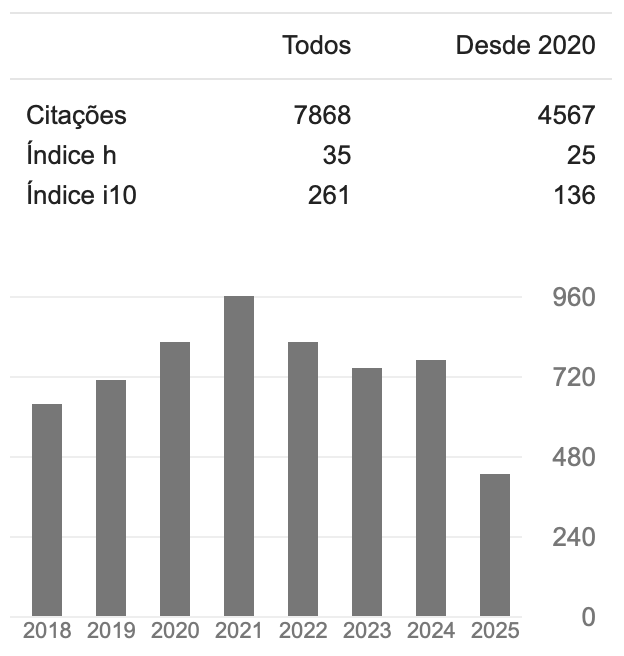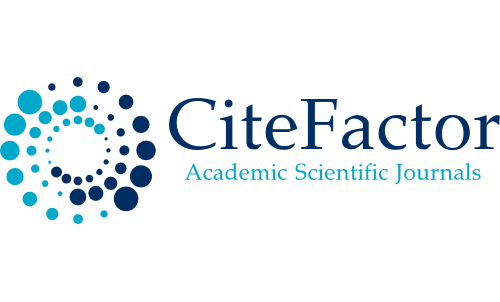Aplicabilidade da Fenotipagem Eritrocitária em Doadores Voluntários e Pacientes Politransfundidos
Palavras-chave:
Aloimunização, Fenotipagem Sanguínea, Reações TransfusionaisResumo
A aloimunização é a formação de anticorpos frente a antígenos na transfusão sanguínea incompatível e em gestantes. Pacientes com patologias crônicas, dependentes de transfusões sanguíneas, têm maior propensão de desenvolver aloimunização. A formação de aloanticorpo em politransfundidos depende do antígeno estimulador e do título. Além da resposta rápida, há também a formação de anticorpos de memória. Para o paciente politransfundido, hemocomponentes compatíveis, estabelece mínimos riscos de reações transfusionais e adicionalmente a fenotipagem eritrocitária possibilita uma maior disponibilidade de hemocomponentes compatíveis. O objetivo desta pesquisa é caracterizar a importância da fenotipagem eritrocitária do doador para outros antígenos além do ABO e Rh(D), determinando a frequência das reações transfusionais por aloanticorpos e possível imunogenicidade nos pacientes politransfundidos. O estudo foi realizado no período de 31 de dezembro de 2005 a 31 de dezembro de 2009, com amostra constituída de 960 usuários, sendo 316 receptores e 644 doadores cadastrados no Hemonúcleo Regional de Paranavaí. A pesquisa foi submetida ao Comitê de Ética do Centro Universitário Maringá, aprovado sob nº CEP 002/2010, CAAE 0001.0.299.000-10. Os dados foram analisados estatisticamente através do programa Prisma, versão 5.0, adotando nível de significância de 5% (p < 0,05). Os resultados demonstram que 29,82% dos receptores possuem aloanticorpo Anti-D, 13,16% crioaglutininas, 22,83% possuem dois aloanticorpos e 1,76% apresentam três aloanticorpos, sendo 75,32% atendidos na Clínica do Rim em Paranavaí, 17,09% na Santa Casa/ Hospital Regional de Paranavaí, distribuídos na faixa etária de 46 a 60 anos. A presença de receptores para dois ou mais aloanticorpos aumenta a probabilidade de aloimunização. Quando o receptor possui dois aloanticorpos, como, por exemplo, Anti-D e Anti-M, desconsiderando a fenotipagem ABO, apenas 1,86% dos doadores são compatíveis. Considerando a fenotipagem ABO, diminui para 0,62% doadores. Ao considerar, além dos aloanticorpos, os antígenos eritrocitários que o receptor apresenta como negativo, escolhendo a compatibilização com antígenos de alta imunogenicidade, encontram-se 0,47% de doadores compatíveis, com antígenos de moderada imunogenicidade, reduz-se para 0,31% doadores compatíveis.Downloads
Não há dados estatísticos.
Downloads
Publicado
12-09-2013
Como Citar
Rodrigues, R., Gerônimo, D. S., Mella Junior, S. E., & Peron, M. L. D. F. (2013). Aplicabilidade da Fenotipagem Eritrocitária em Doadores Voluntários e Pacientes Politransfundidos. Saúde E Pesquisa, 6(3). Recuperado de https://periodicos.unicesumar.edu.br/index.php/saudpesq/article/view/2614
Edição
Seção
Artigos Originais
Licença
A submissão de originais para a revista Saúde e Pesquisa implica na transferência da Carta Concessão de Direitos Autorais, pelos autores, dos direitos de publicação digital para a revista após serem informados do aceite de publicação.A Secretaria Editorial irá fornecer da um modelo de Carta de Concessão de Direitos Autorais, indicando o cumprimento integral de princípios éticos e legislação específica. Os direitos autorais dos artigos publicados nesta revista são de direito do autor, com direitos da revista sobre a primeira publicação. Os autores somente poderão utilizar os mesmos resultados em outras publicações, indicando claramente a revista Saúde e Pesquisa como o meio da publicação original. Em virtude de tratar-se de um periódico de acesso aberto, é permitido o uso gratuito dos artigos, principalmente em aplicações educacionais e científicas, desde que citada a fonte. A Saúde e Pesquisa adota a licença Creative Commons Attribution 4.0 International.
A revista se reserva o direito de efetuar, nos originais, alterações de ordem normativa, ortográfica e gramatical, com vistas a manter o padrão culto da língua e a credibilidade do veículo. Respeitará, no entanto, o estilo de escrever dos autores. Alterações, correções ou sugestões de ordem conceitual serão encaminhadas aos autores, quando necessário. Nesses casos, os artigos, depois de adequados, deverão ser submetidos a nova apreciação. As opiniões emitidas pelos autores dos artigos são de sua exclusiva responsabilidade.














